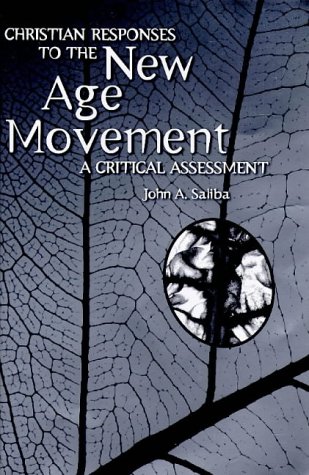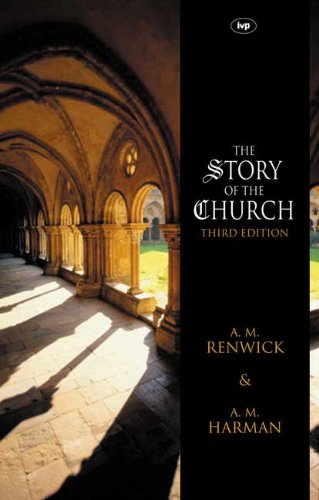Awaiting the Millennium—A History of End-Time Thinking
Written by Richard Kyle Reviewed By D.W. BebbingtonThe approach of the new millennium, or, to be precise, the approach of the year popularly supposed to open the new millennium, has given rise to a spate of publications. This book by Richard Kyle, professor of history and religion at Tabor College in the United States, is one of the more useful. It provides a history of ideas about the end of time in the Christian era. It relates theories to the social context and does not limit itself to strictly Christian notions, but offers a broad survey of any expectations with an apocalyptic flavour. First published in the United States, more than half the volume concerns itself predominantly with American developments—but that is hardly limiting, because the New World has been so prolific of novel eschatologies. After an introductory chapter that helpfully discusses some of the technical terms with which this field is littered, the author examines early Christianity, arguing that its primitive apocalyptic atmosphere gave way as the church was institutionalised. In the middle ages the official Augustinian view was that the church itself embodied the millennial age, but there were also popular millenarians whose fervid expectations had normally been kindled by the Sicilian abbot Joachim of Fiore.
In a single chapter that covers the whole era from the Reformation to the present day, it is suggested that apocalyptic lost its grip on the European imagination from around the later seventeenth century. This is not in fact the case, as some of the author’s own evidence suggests: he points to ‘a strong millenarian movement’ (72) in nineteenth-century Britain. The next chapter turns to America down to the mid-nineteenth century, contending that its inhabitants were far more susceptible to apocalyptic thinking than were Europeans. This case for American exceptionalism, however, would have been far less plausible had the strength of British Evangelical eschatological hopes been taken fully into account.
Two chapters then cover the advance of dispensationalism, first within American Evangelicalism and then, in more recent years, in the public arena of the United States. The apocalyptic views of an assortment of fringe groups, on which Professor Kyle possesses particular expertise, are analysed before a variety of secular, usually science-based, theories of doomsday are discussed. The final chapter reports on prophecies of many kinds relating to an end of the present age around the year 2000 (Archbishop Ussher, believing the world would last 6000 years after the creation in 4004 BC, put the terminus at 1996) before concluding with some wise cautions about the abuse of ideas about the future.
The argument of the book often doubles back on itself and is not always fully substantiated; yet there are copious secondary references and a very helpful select bibliography. The volume includes examples of most kinds of expectation of the end that are current today, putting them in historical perspective. Although it is not a book for specialists, it will prove a valuable introduction for many readers.
D.W. Bebbington
University of Stirling







